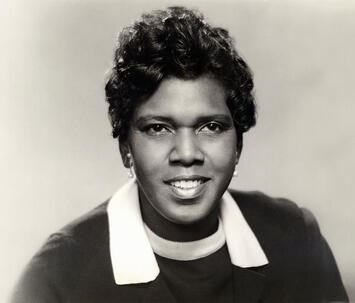
Several years ago, when the sex scandals were rocking the Catholic Church, I talked to a local parish priest about the decline in the church’s credibility. He listened patiently. He didn’t argue about the scandal or the church’s other problems. Instead, he said, “Remember, the church is not Rome.”
The United States faces a panoply of challenges. Those challenges are undeniable now that the silly season is here. At the Democratic National Convention this week in Chicago we are certain to hear lots of soaring rhetoric about the future of America. But I’ve yet to hear the presidential candidates talk about the country’s biggest problems, including the national debt.
Nevertheless, I am bullish on the United States. I’m no Dr. Pangloss. I see the problems. I see them when I travel in rural America. I see them here in Austin. And, of course, I see the macro trends. Among the most worrisome challenges now facing the US is the class divide. As author and demographer Joel Kotkin noted earlier this year, things are:
Excellent for private jet-flying tech oligarchs and tenured Ivy League professors. But the gap between the upper classes and everyone else continues to grow. No surprise then that only 36% of voters in a new Wall Street Journal/NORC survey said the American dream still holds true, substantially fewer than the 53% who said so in 2012 and 48% in 2016 in similar surveys.”
The class divide isn’t just about the vanishing American dream, it’s about longevity. A Brookings study released last year found that college-educated Americans live, on average, 8.5 years longer than those without a college degree.
There’s a massive and worrisome urban-rural divide. I spend a lot of time in rural America. Since January, I’ve had speaking engagements in Tyler, Texas; Mt. Vernon, Ohio; Springfield, Illinois; Jamestown, New York; and just last week, in Eldorado, Texas. In many of those places, I saw similar signs of decay: shrinking numbers of people, empty storefronts, Main Streets decimated by Walmart, crumbling buildings, and aging populations.
In addition, the US has a soaring federal debt ($35.1 trillion and counting), an epidemic of drug overdoses that killed more than 107,000 people last year, crumbling infrastructure, and increasing political polarization. Add in the precipitous decline in credible journalism at legacy media outlets like the New York Times, CNN, Washington Post, NPR, and many others, and the situation looks pretty damn grim.
So yes, problems abound. But to paraphrase my priest friend from decades ago, remember: the US isn’t Washington, DC. Yes, we get a ton of reporting about the octogenarians who control Congress. And yes, we endure intense media coverage of what’s happening at the White House and Supreme Court. Those institutions matter. But they aren’t the US, either.
Read the rest of this piece at Robert Bryce Substack.
Robert Bryce is a Texas-based author, journalist, film producer, and podcaster. His articles have appeared in a myriad of publications including the Wall Street Journal, New York Times, Forbes, Time, Austin Chronicle, and Sydney Morning Herald.
Photo: Barbara Jordan, the first Black elected to the Texas Senate after Reconstruction, and the first Southern Black woman elected to the United States House of Representatives, via Wikimedia in Public Domain.












